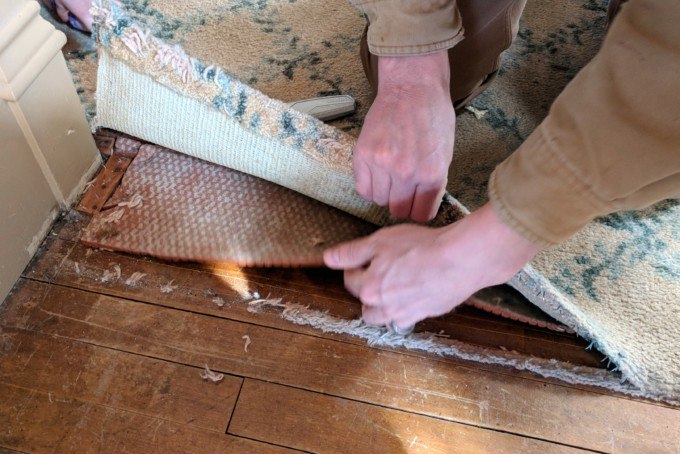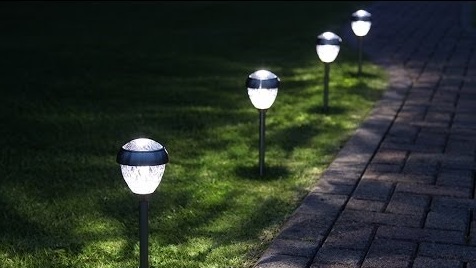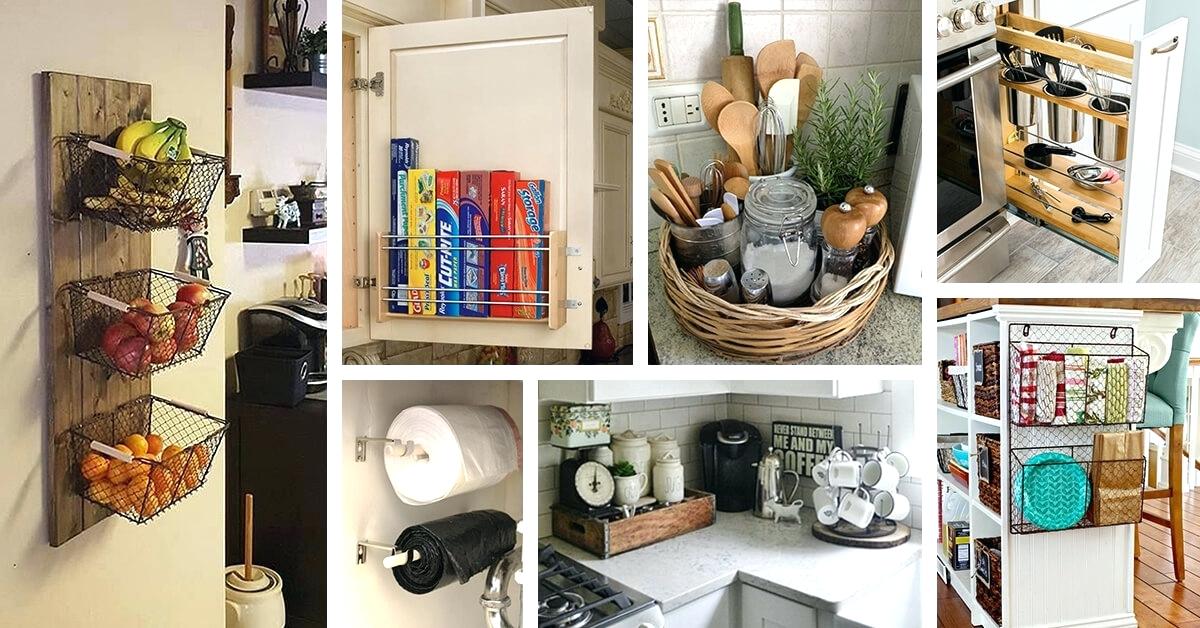About Reverse Mortgages

Retirement is a time in our lives that we should be looking forward to having time to do what we’ve been wanting to do: spending time with family and friends, traveling, learning new things, or just enjoying days without a set routine. Some retirees have found that, even though their home is paid for, the financial end of retirement may not be going to smoothly. Ads for Home Equity Conversion Reverse Mortgage (HECM), or reverse mortgages, fill magazines and daytime television, but there are things you need to know before you’re tempted to go this route to help you meet a financial need.
-
- If you’re considering applying for a reverse mortgage, talk to a financial counselor to see if there’s another route that you can take. Don’t wait until you’re feeling desperate and signing a contract for something you’re not sure about.
-
- HECM’s are government insured if you go through an FHA-approved lender. Find more information from the Housing and Urban Development website.
-
- Doing research on the internet it great but be wary of every website that is sponsored by a financial-looking institution. It’s best to call a person in the financial business that you trust to give you correct and accurate information.
-
- Two things you should consider before you take out a reverse mortgage are whether you plan to live in your home for a long time, or if your spouse or someone else is still living with you in the home. Investopedia has more information about reverse mortgage requirements that may make it a poor option for you, and why.
-
- If you are planning on leaving the house to your heirs when you pass away, and you opt for a reverse mortgage, the heirs will be responsible for the paying back of the loan in full or 95% of the balance within six months.
-
- Property taxes can be a real burden on a retired homeowner and is a reason one would consider a reverse mortgage. Call your local municipality and find out about any programs that will assist you with paying your taxes without fear of tax liens and foreclosure.
-
- Consider your health as well. When you acquire a reverse mortgage, but at some point, become unable to care for yourself and must move in with family or into assisted living for twelve months or more, the loan will have to be repaid.
The Federal Trade Commission has plenty of information and links to non-biased websites for more information, to help you find a government-approved housing counseling agent, and information from AARP. Making the decision to get a reverse mortgage isn’t one to make without a great deal of considering other options to help you through a tough time.
Courtesy of New Castle County DE Realtors Tucker Robbins and Carol Arnott Robbins.
Photo credit: EInsurance












